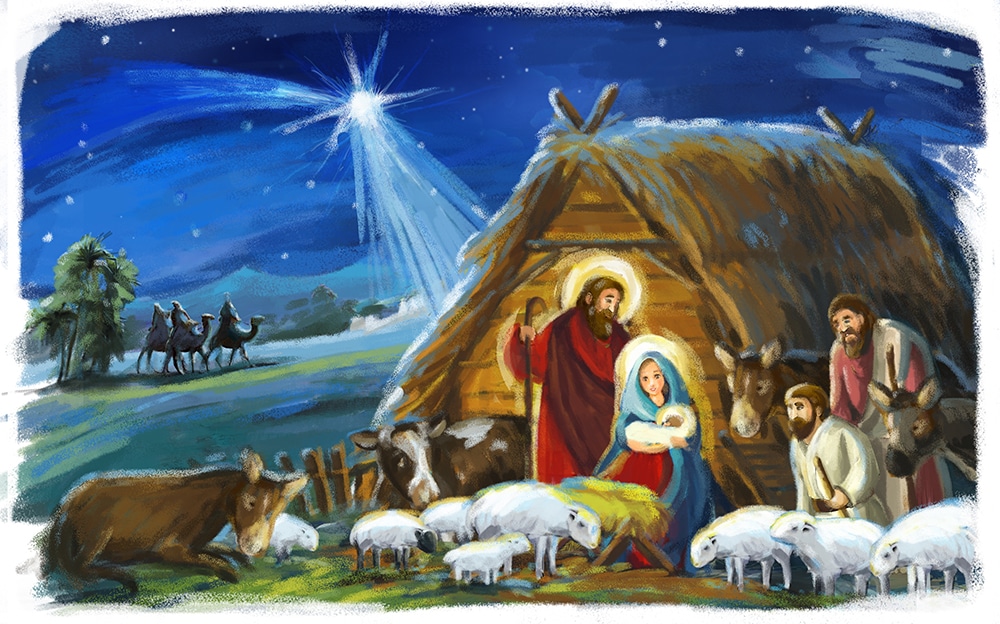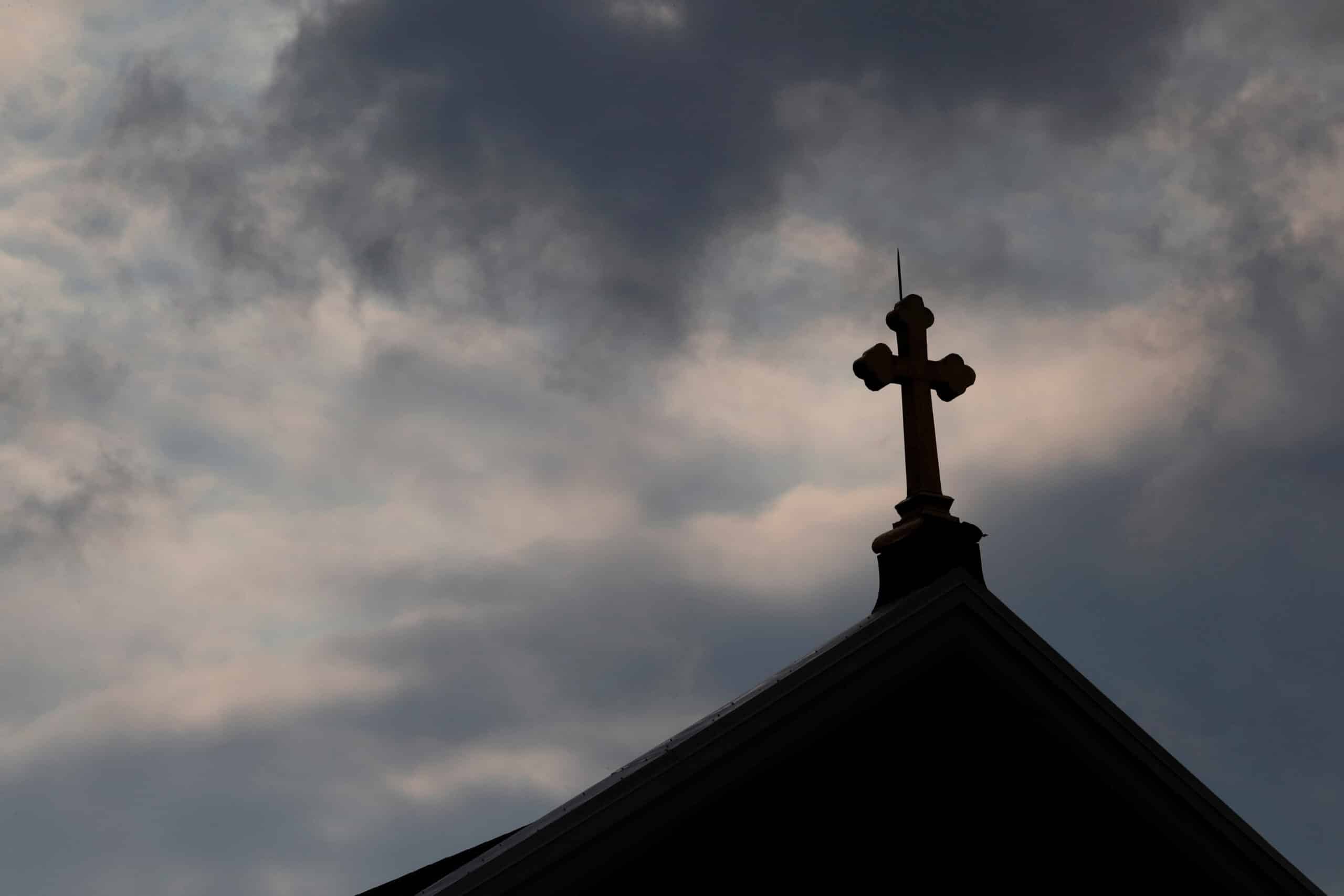Skeptics think that Christianity is a fairy tale, meaning an absurd story no adult should believe, but also that it’s the worst kind of fairy tale. Christmas is Exhibit 1. Admittedly, Christmas does look a lot like a fairy tale out of the books.
There’s the young mother giving birth in a stable, the special little baby sleeping in the manger, the choirs of angels singing to shepherds, the shepherds trooping off to worship the baby, and then later men from another land showing up with expensive presents — men who’d followed a star to find them. Definitely a feel-good story, and definitely, to the secular mind, completely absurd.
The skeptics are right. The Christmas story is a fairy tale. But they don’t understand fairy tales, and they don’t understand the Christmas story itself.
They see sentimentality sucking people in. We see God entering our history in difficult circumstances. We see God becoming one of us so that we can become like him. They see a con, a story designed to fool people into believing it. We see an event in history that requires a commitment.
We also know how badly the fairy tale is going to go, precisely because our faith speaks so realistically about the world the Lord entered. That’s important to know. Raised on Disney’s happified versions of the old tales, we think of fairy tales as feel-good stories. But they’re not. They’re brutally realistic.
A few years ago, the political writer Matthew J. Peterson noted that “many people act as if Christianity were some sort of naive fairy tale, as opposed to the clear eyed realism of Machiavelli or modern political philosophy, which knows that man is depraved and is based on how people really are, how the world really works, etc.” Which, he observes, is “a very odd thing to think, given that at the heart of Christianity is the claim that when God came to help them, human beings murdered him.”
It is a very odd thing to think, even about the Christmas story by itself. The whole Christmas story includes a scene as horrifying as any in the classic fairy tales. (The original Grimm’s fairy tales are very grim.) The king sees a threat in that baby in the manger and kills every little boy in the town but him, and he survives only by a miracle. If you want a lesson in how people really are and how the world really works, that’s it.
In fact, the story itself points to the reality of human life before the family even gets to the stable, in Mary’s words we know as the Magnificat. She assumes a world in which people are suffering and mistreated, and she proclaims a hard justice for the proud, the mighty and the rich. The alert reader will guess that her child will upset the proud, mighty and rich, and they won’t like it, and they will try to stop him by any means possible. Mary essentially issues a declaration of war, and when you declare war on powerful people, they fight back.
The Anglican writer Dorothy Sayers describes this perfectly in her short essay, “The Greatest Drama Ever Staged.” She blames the religious and the political powers for killing the incarnate Son of God. They thought “that he talked too much and uttered too many disconcerting truths.”
Then she gives a classic summary of the story of the Incarnation: It is “the tale of the time when God was the underdog and got beaten, when He submitted to the conditions He had laid down and became a man like the men He had made, and the men He had made broke Him and killed Him.”
G. K. Chesterton saw this. He wrote about it in a short article called “The Red Angel.” (You may have seen the memed version, which to be fair is punchier than his. Chesterton could be wordy.)
Fairy tales, he says, don’t put the idea of evil into the child’s mind. “That is in the child already, because it is in the world already. Fairy tales do not give the child his first idea of bogey. What fairy tales give the child is his first clear idea of the possible defeat of bogey. The baby has known the dragon intimately ever since he had an imagination. What the fairy tale provides for him is a St. George to kill the dragon.”
That’s what the Christmas story does. It tells us the truth about our world, and then gives us the answer: A baby in a manger.
David Mills writes from Pennsylvania.







